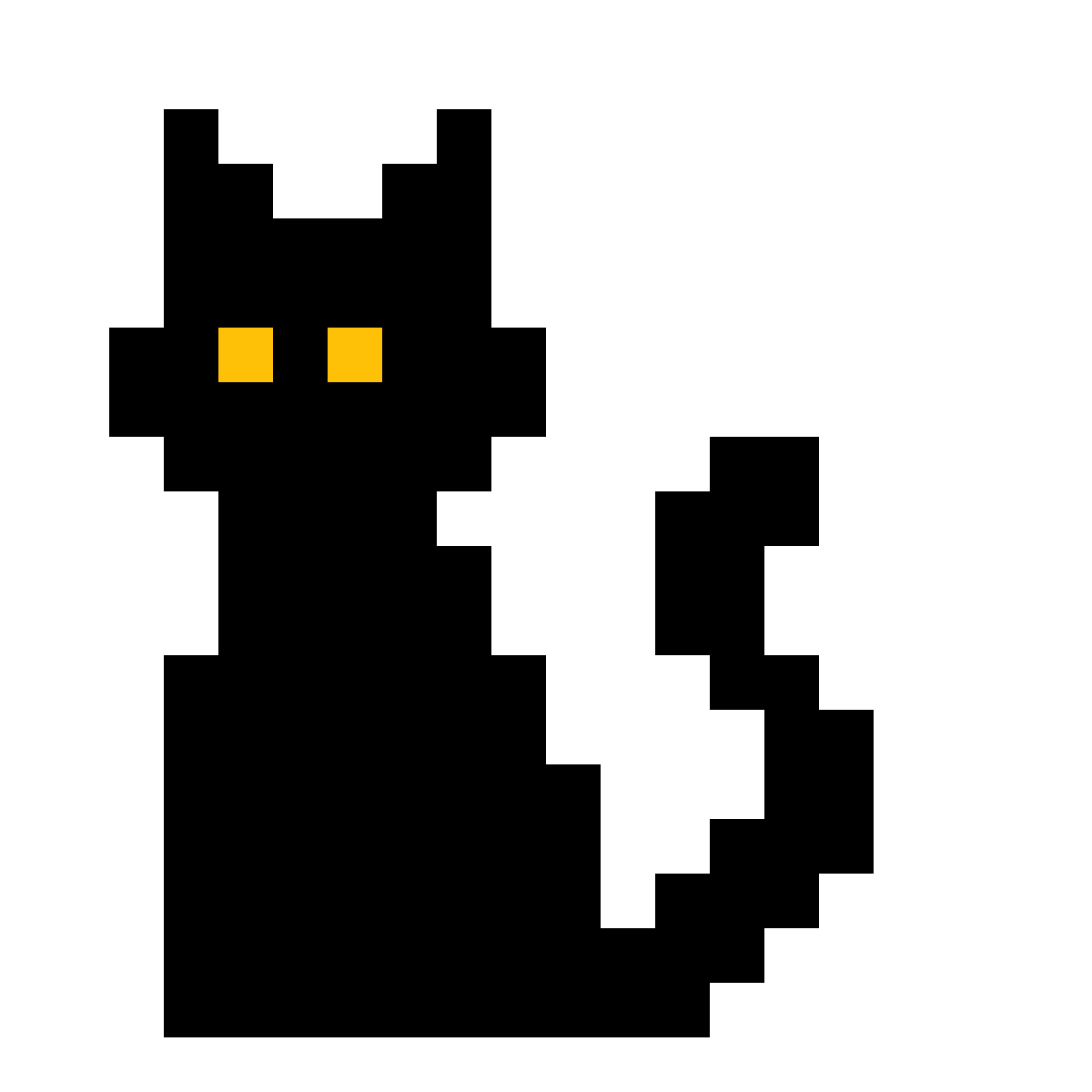
I think it really depends on how much eel they were eating.
Does it count if the Earth consumes lightning strikes in that area?
I’d love to see that slipped into a history book!
This reminds me of the classic. What did communists use before candles?
This is fake. I’ve seen maps from that time, and they looked a lot different than this one.
Somehow, the fact that it’s set in 1507 instead of 1500 really tickles me! Like, you wouldn’t believe how much changed in those 7 years!
Rabbit hole time.
So there actually was some electrical research being conducted in 1705, but it was all static electricity. It could be argued that there was a non-zero amount generated and consumed, but it’s really, really small. ChatGPT threw out a value of “20 milliwatts” for this, citing that it was “about the power of a dim LED”.
This map is very inaccurate, as it neglects those who had consumed electrical energy through lightning striking them. That cooked flesh didn’t come for free!
It also neglects rubbing on some fabrics and shocking friends and family with the charged static electricity.
Ancient civilizations, including the Egyptians, Greeks, and Romans, used electric fish for medical treatments.
Thales of Miletus discovered static electricity (600 BC) by rubbing amber and observing its ability to attract light objects.
Those people were condemned as witches. Best not to think about it.
We have a bit of electricity in our nervous systems too, yes?
Yeah, there’s electricity in the brain, for example.
there’s electricity in the air when I’m with you
Can it charge my phone?
Yes
That’s not consumption, that’s agony.
They just took the aggregate population, and rounded down based on kWh.
Also great: A heads-per-capita count of every country!
it is not completely useless as it seems to give an accurate portrayal of geopolitical boundaries at the time.
I’m so happy that they put the 1507 borders on. Someone spent some real effort and thought on this completely pointless thing.
I’m guessing they just found a map from the time period and added the electricity bit as the meme. Very little effort involved.
But still effort
I’m pretty sure the Crown of Aragon wasn’t part of France in 1507 so I wouldn’t trust the rest the map either.
Agreed, I just wish they’d labeled that countries, or whatever the equivalents were
Yeah, cool and all, but what are the blue areas?
if yellow is electricity consumption, then blue is water consumption.
Fascinating that it’s remained constant even till today
Eel.
It would be interesting (if the data was available) to see the energy consumption in Europe at that time: windmills, horses drawing carts, cooking fires, etc.
Visited a traditional water-powered flour mill recently. Very cool, beautiful building, and the end product makes really delicious bread and pasta. Wholemeal, not too fine, nothing in it but grain. Perfection.
From the water flow, drop and wheel turning rate, I made the maximum possible power as about 5 kW. Probably optimistic to think you’d get a quarter of that in practice. Still, that’s a huge amount compared to what a person can produce, and it’s ‘on tap’ 24 hours a day. That kind of thing does explain why, in the days before electrification, that having ‘the right landscape’ made some areas really wealthy and some others not. Exploitable renewable energy, what a concept.
So yeah, your proposed map would be really interesting. The Romans burned down whole forests to make steel - you simply couldn’t refine it in a place without. It would be fascinating to see the map of “power resources” and the resulting industries, even if it would be very hypothetical.
Yeah, that’s exactly what I was thinking about. I think in the modern world we underestimate how much “power” was being used on a daily basis before the industrial revolution. The main thing the industrial revolution gave the world is the potential to have constant, predictable power in a location that was convenient.
Windmills and water mills could be pretty powerful. But, as you said, location was everything. And, in the case of wind, it wasn’t always predictable. And in map form, it would be really cool to know where that power was being generated, and what effect that might have had on another kind of power: political power.
There is a great book and journal article from Barnabas Calder which links architecture to available energy. It covers the available energy since prehistoric times in some detail.
Here is a blog article from them: https://www.architectural-review.com/essays/keynote/form-follows-fuel-energy-hungry-architecture
You forgot the various forms of slavery
Aren’t those metrics tied more to economic output than anything that could be converted to KWh?
Same as the others mentioned, human energy can perfectly be converted to (K)Wh.
They measure the output in athletes.
It would be useful to see electricity consumption by source. A breakdown by hydro, fossil fuels, nuclear…etc would be more useful.
i dunno. with all those carpets and tapestries, there must have been some static sparks somewhere!
Also lightning strikes. Back in the day fires from various natural sources, including lightning strikes, were used to keep fire going, so that counts!














